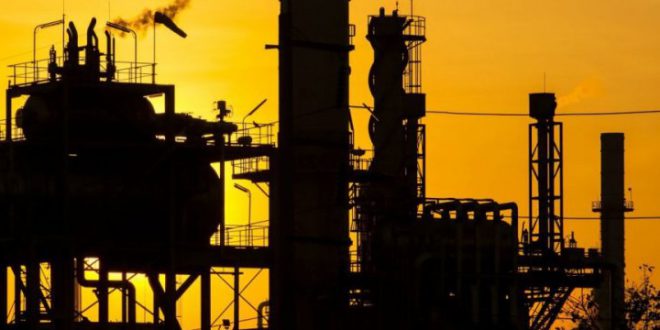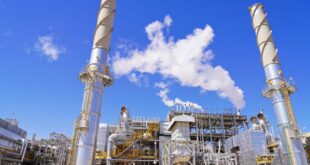China’s push to use more natural gas over winter in a bid to cut air pollution is running into the harsh realities of rising prices and limited supplies of the cleaner fuel.
In a signal of what may become more government intervention in the natural gas market. China’s state planner ordered eight regions to meet with natural gas producers. liquefied natural gas (LNG) terminal operators and traders.
The meetings are effectively a warning by the National Development and Reform Commission (NDRC) to the various players in the natural gas sector to ensure that prices don’t rise too much even as rising demand causes supply shortages.
Beijing has encouraged China’s provinces to switch from coal to natural gas for both residential heating and industrial processes over winter as part of efforts to limit the smog that has in past years choked cities. including the capital.
In some ways. the move has been too successful. with the industry-heavy provinces of Hebei and Shandong warning of natural gas shortages. and Hebei forcing some users to cut consumption.
It’s not only the shortage of natural gas that’s causing problems. China’s domestic LNG price has risen to its highest since 2011. topping 7.000 yuan ($1.061) a tonne in the last week of November.
The spot price of seaborne LNG in Asia LNG-AS has also surpassed the high from the 2016-17 winter. reaching $9.85 per million British thermal units (mmBtu) in the week ended Dec. 1.
The peak from the previous winter was $9.75 per mmBtu. hit in early January this year. and the price is some 82 percent higher than the $5.40 low reached during the low demand summer period.
JAWBONING THE MARKET
The dilemma facing the NDRC is how to ensure sufficient natural gas without boosting prices too high to start causing economic pain to consumers.
China’s oil and gas producers appear to be playing their part by boosting domestic natural gas output. with production up 15.4 percent to 12.4 billion cubic metres (bcm) in October from the same month last year.
Natural gas output is up 9.7 percent in the first 10 months of the year. in stark contrast to a 4.1 percent decline in China’s crude oil production over the same period.
Pipeline imports from central Asian suppliers are also up. rising 5.9 percent in the first 10 months of the year to the equivalent of 25.1 million tonnes.
The story is even more dramatic for LNG imports. which surged 48.9 percent in the first 10 months to 29.1 million tonnes. according to customs data.
Given that it’s likely that domestic natural gas output can’t be ramped up much further in the short term. and pipeline imports will run up against capacity limits. the only viable option to boost natural gas supply is to import more LNG.
It appears China is doing just that. with November likely a new record high.
LNG imports were 4.12 million tonnes in November. according to vessel-tracking data compiled by Thomson Reuters Supply Chain and Commodity Forecasts.
This would beat the previous record of 3.7 million tonnes from December last year. and also be well up on October’s 3.6 million.
The problem for China is that its strong demand for LNG is driving up spot prices and tightening the market for the super-chilled fuel.
While LNG is likely to move to surplus in 2018 and 2019 as new projects come online. mainly in Australia and the United States. the current market is showing signs of being under-supplied for the northern winter.
For now it appears the Chinese authorities are trying to boost supplies of natural gas from all available sources. while waving a stick at players in the industry in a bid to keep prices from rising too high.

 Iran Energy News Oil, Gas, Petrochemical and Energy Field Specialized Channel
Iran Energy News Oil, Gas, Petrochemical and Energy Field Specialized Channel



